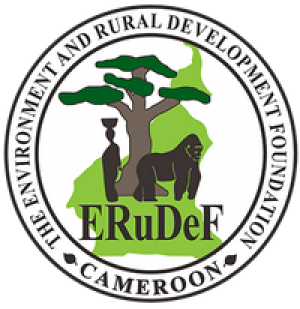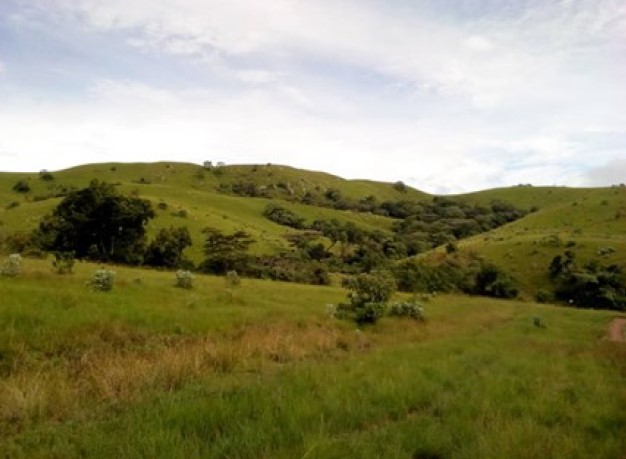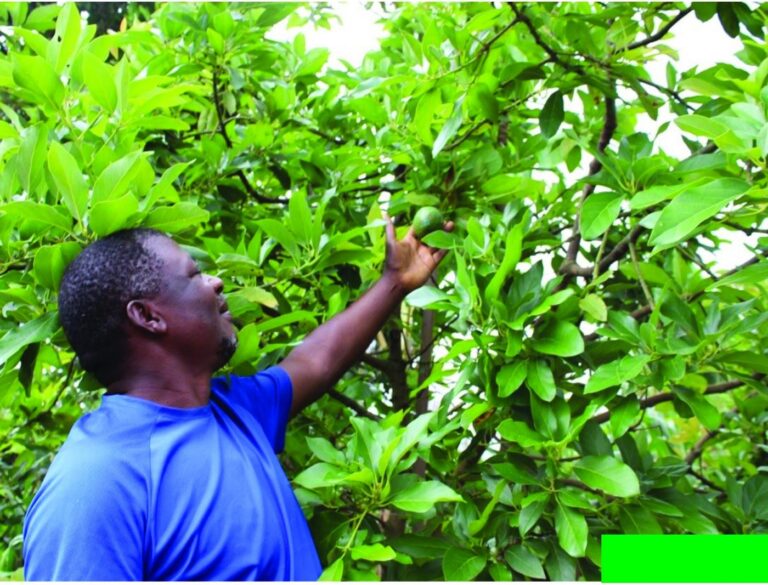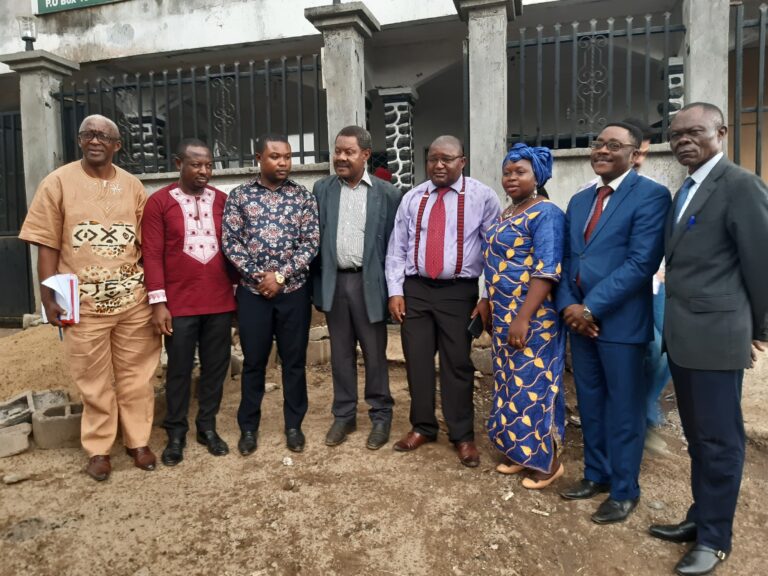“Don’t let our future dry up. Food grows where the water flows”. The Environment Rural Development Foundation (ERuDeF) and its partners have been at the forefront in combating Desertification and Droughts in Cameroon. With this year’s theme, “Food, Feed and Fibre”, the United Nations Secretary General, António Guterres, insists that, the health of humanity depends on the health of the planet. “Today, our planet is ailing. Land degradation affects some 3.2 billion people. Seventy 70 per cent of the world’s land has been transformed by human activity. We can reverse this trend and bring solutions to a wide range of challenges, from forced migration and hunger to climate change.” He noted.
What is Desertification and Droughts?
Desertification is a type of land degradation in which a relatively dry land region becomes increasingly arid, typically losing its bodies of water as well as vegetation and wildlife, while droughts are a consequence of changing global weather patterns triggered by ecological events such as solar radiation, excessive build-up of heat on the earth’s surface and increased particulate matter such as dust or pollution in the earth’s atmosphere. Droughts are accompanied by reduced cloud cover, and thus the land is exposed to increased solar radiation, resulting in increased transpiration and evaporation rates.
Causes of Desertification and Droughts and consequences
Deforestation, climate change, over grazing, Urbanization, poor farming methods and natural disasters are some principal causes of Desertification and Droughts. All of these reduces the ability of an ecosystem to survive when the climate changes, with dramatic consequences, such as: loss of productivity of the soil; degradation of the vegetal covering, through to its total disappearance; dispersion of solid particles in the atmosphere – sand storms, air pollution – with a negative impact on man’s health and productive activities; reduction of farming and breeding production: malnutrition and hunger; migrations of people and wars.
How ERuDeF is Combating Desertification and Droughts
ERuDeF through the Mount Bamboutos Initiative (MBI), a joint initiative developed by ERuDeF and ITF in partnership with the government of Cameroon aims to restore 35,000 hectares of the degraded landscape through the planting of 15 million agroforestry and indigenous tree species to secure the livelihoods of over 30,000 people, for 15 years. Due to anthropogenic activities deforestation, bush fires, poor farming practices and urbanization, the Mount Bamboutos landscape has been severely degraded. Therefore, ERuDeF has taken various steps to salvage the landscape with objectives in relation to governance, livelihoods development, biodiversity, forest landscape restoration, biodiversity, research and development and sustainable finance.
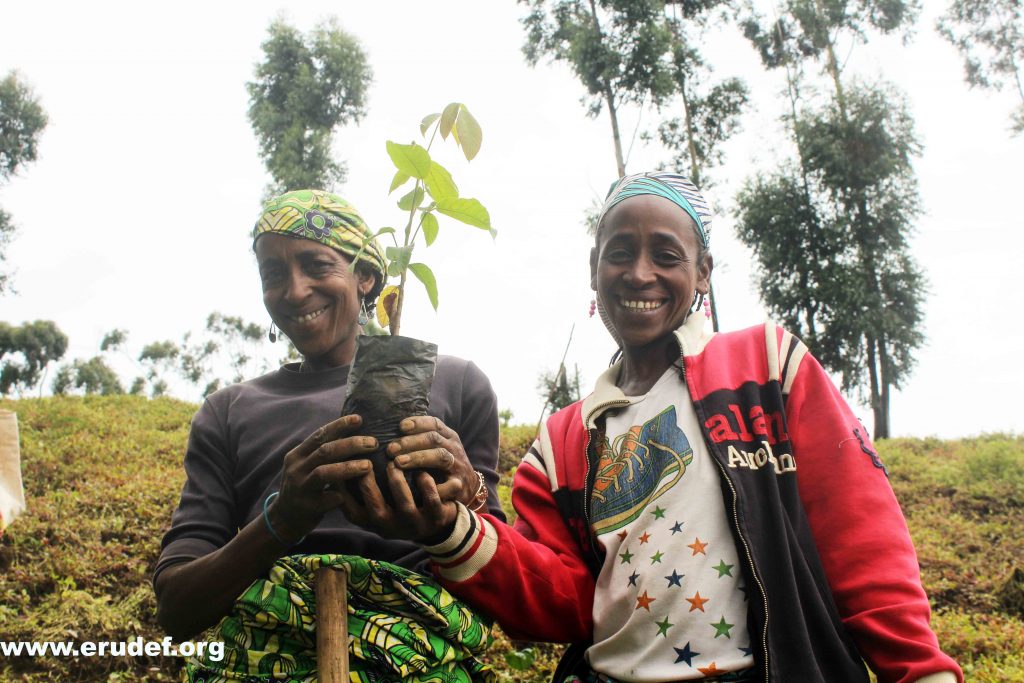
ororo Women Pose for Picture during tree planting in Bangang, West Region, CameroonAlso, the Mandara Mountain Initiative, just like the Mount Bamboutos Initiative will also help to plant 15 million trees to serve the Lake Tchad that is fast drying off. This project will also last for 15 years. Just like the two projects mentioned above, the Adamawa initiative will equally restore the the fast degrading Adamawa plateau in northern Cameroon with the planting of over 10 million tree.
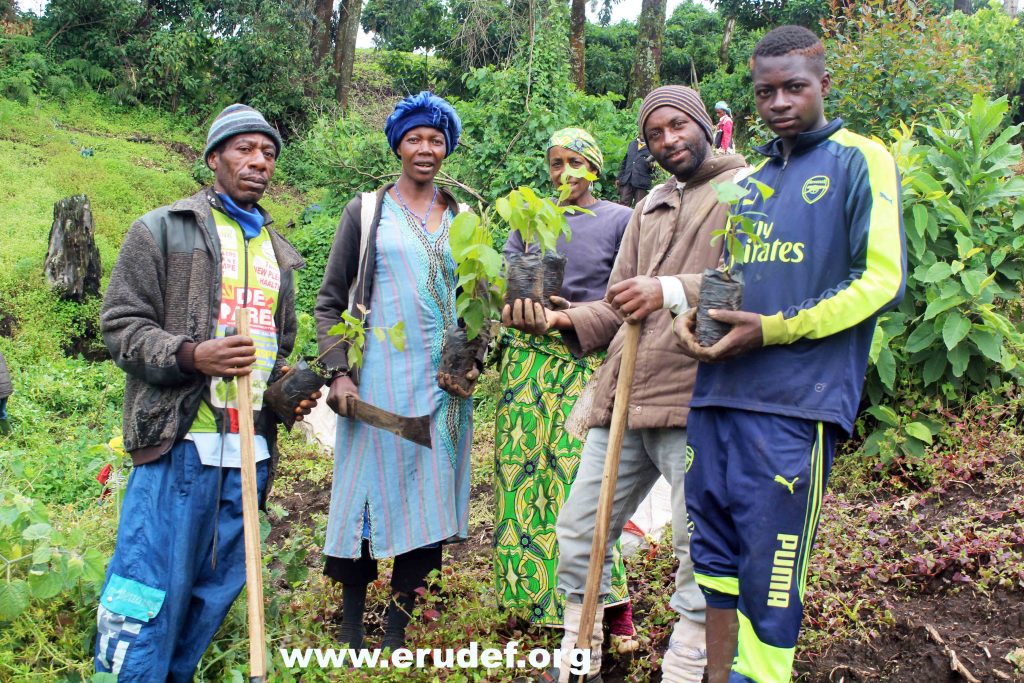
Bangang Community members pose for a picture after tree planting. Cameroon’s ministry Environment estimates that 12 million hectares of land is degraded in Cameroon, 2/3 of which are in the northern regions of Cameroon. The Far North, North, Adamawa, North West and West Regions stand out as the most affected. ERuDeF has developed restoration projects across these regions to salvage the situation.
According to the UNCCD (UN Convention to Combat Desertification), 25% of the world‘s land area is either highly degraded or undergoing high rates of degradation. No matter where you live, the consequences of desertification and drought concern you. Globally, 23 per cent of the land is no longer productive. According to UNESCO, one-third of world’s land surface is threatened by desertification and across the world; it affects the livelihood of millions of people who depend on the benefits of ecosystems that dry lands provide. Desertification is another major environmental concern and a major barrier to meeting human basic needs in dry lands and is being constantly threatened by increases in human pressures and climatic variability.
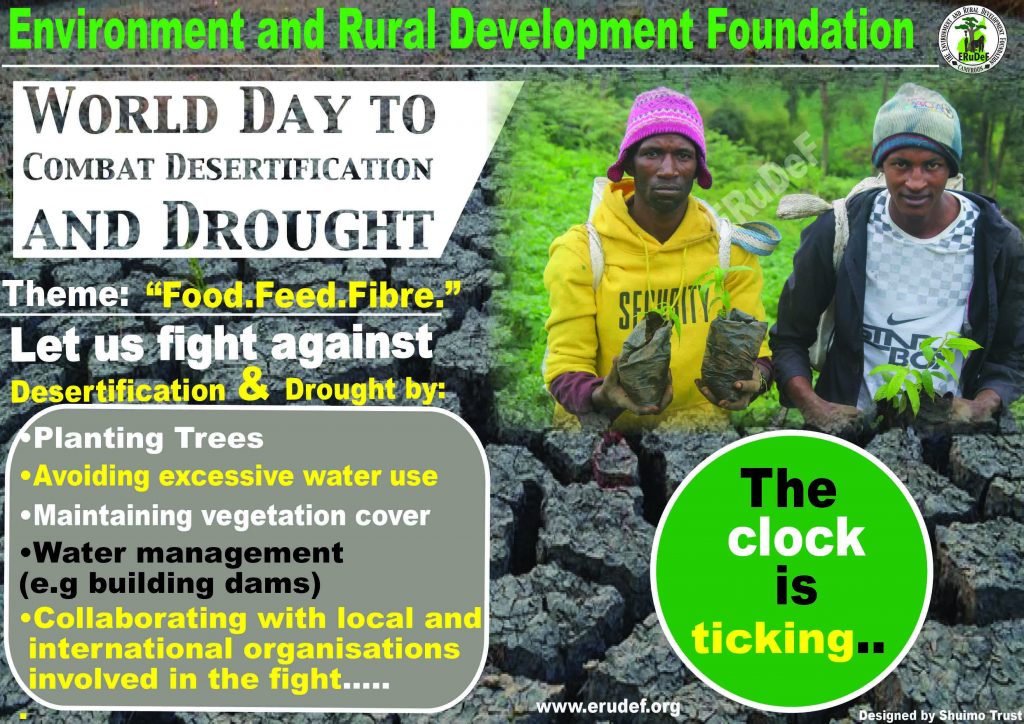
“In Africa’s Sahel region, the Great Green Wall is transforming lives and livelihoods from Senegal to Djibouti. By restoring 100 million hectares of degraded land, food security is maintained, households kept afloat and jobs created. Such efforts bring back biodiversity, reduce the effects of climate change and make communities more resilient. All told, the benefits outweigh the costs ten-fold. On this Desertification and Drought Day, I call for a new contract for nature. Through international action and solidarity, we can scale up land restoration and nature-based solutions for climate action and the benefit of future generations. By doing so, we can deliver on the Sustainable Development Goals and leave no one behind.” The UN Secretary General noted.
